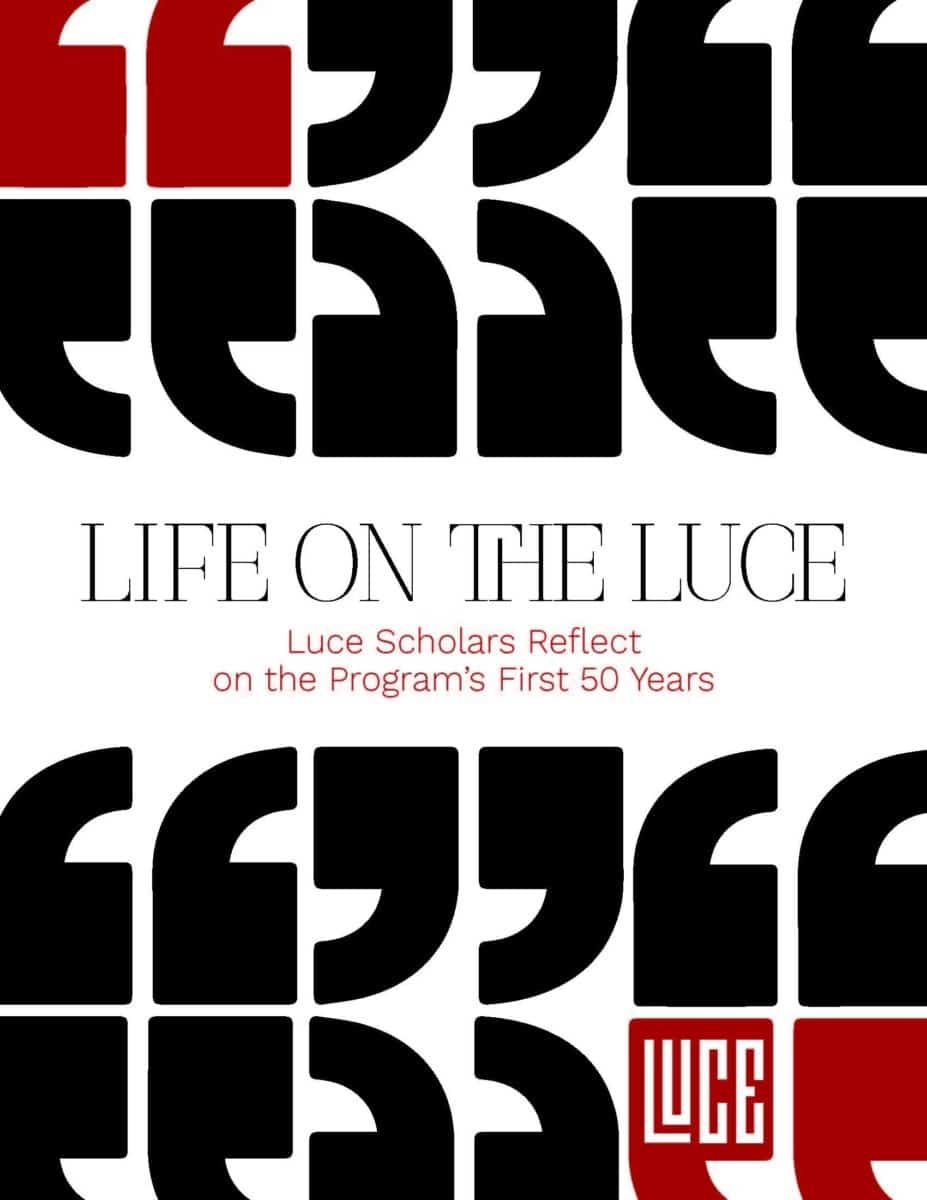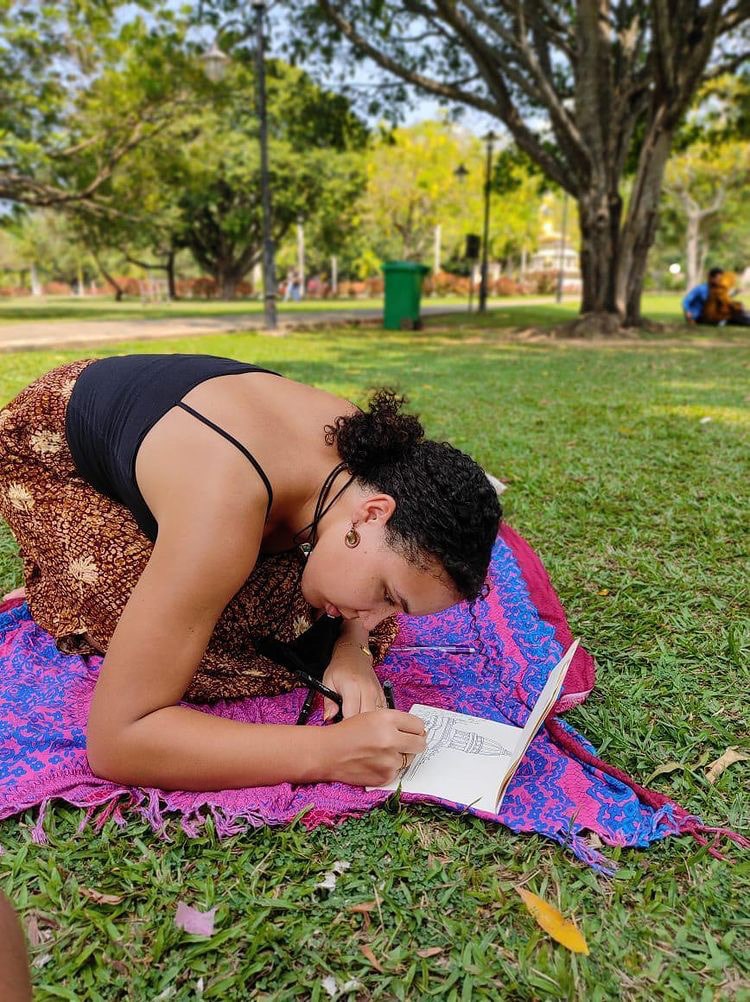Arriving in Ho Chi Minh City especially after a week of hermetically sealed quarantine, is pure sensory overload. Fleets of motorbikes race through streets that smell of cooking food, river water and exhaust. The sun is hot to the point of pain on your skin; rain comes down in sheets and sheets of water or not at all. During my first week in the city, most days I’d reach an overload point, where I’d escape back to my room, making myself a grilled cheese on the electric skillet instead of facing the overwhelming outside world.
Over the course of my year, the initial sensory excess of HCMC came to feel like a feast for the senses. I could cross the once impenetrable streets, identify and enjoy the food, and chatter with motorbike drivers and vendors in Vietnamese. The loneliness and isolation that drove me back into my hotel room were replaced with deep friendships, especially with my students and mentors at Fulbright University Vietnam and the contemporary artists and curators based in the city.
Under the thoughtful and experienced guidance of Drs. Pamela Corey and Nora Taylor, I learned how to conduct field work, interview artists, conduct archival research, and navigate an art world that is constantly developing and often impermanent. In Vietnam, a large part of doing contemporary art history takes the form of what Nora affectionately calls “hanging out for research.” Want to learn about an artist’s practice or what they’re currently working on? Hang out in their studio and see them in action. Want to meet curators, collectors, or scholars of contemporary art? Hang out at an exhibition opening and make new friends. Want to get to know the future of the art world in Vietnam? Hang out with some Fulbright University students and ask them about their big dreams and boundless energy. When paired with more traditional forms of academic research (reading scholarly literature, archival research, etc.), this methodology can provide a fuller picture of an artistic community, especially one that has often been overlooked and understudied.
While there is plenty that art historians and curators can write from pictures and interviews, my time in Vietnam taught me the value of deep involvement within an artistic community. Over the course of my Luce year, I watched my friends and colleagues open successful shows, create incredible new work, and gain local and international recognition. My research has evolved beyond a single question and instead has grown to what I hope will be a lifelong involvement with and commitment to contemporary art in Vietnam and the region. When I left Vietnam this June, I repeated the same promise during big hugs with my friends: “Em quay lại sớm,” – I’ll be back soon.


